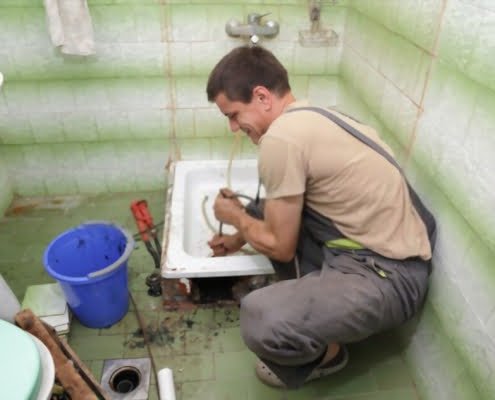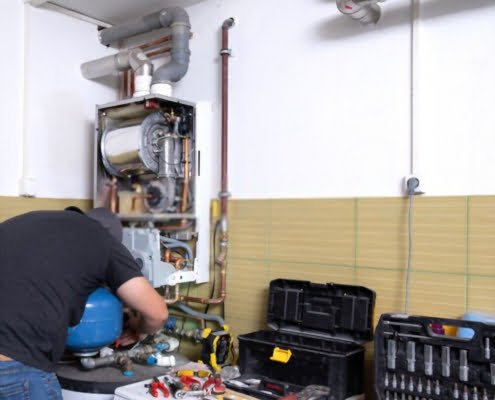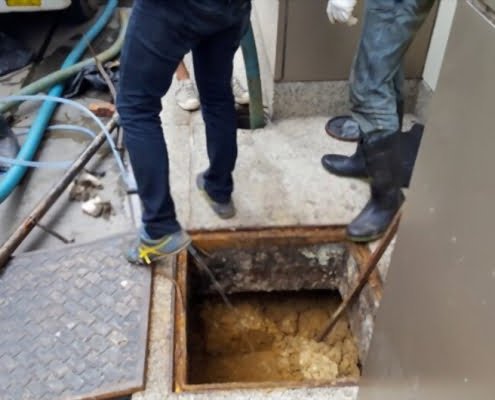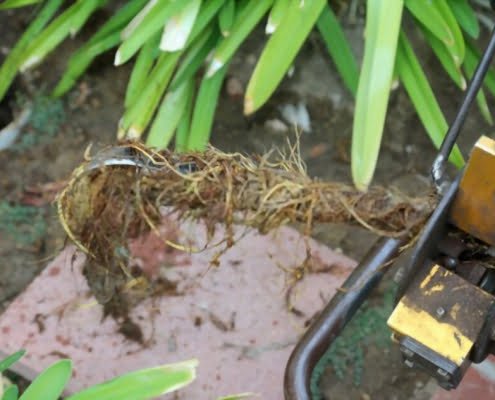
How to Remove a Shower Drain
In our homes there are some shower drains fixed in bathrooms, kitchens, and balconies. A shower drain is composed of four basic parts:Grid
Strainer
Vent
TrapThe primary function of the shower drain is to drain the wastewater…

Best gas water heater repair services
A gas heater heats cold water and stores the hot water in the tank installed inside it. This hot water is later used for various purposes when needed at home, restaurants, hotels, shops, or anywhere else where it is required.Often people…

Grease Trap Pumping And Cleaning
A grease trap is a plumbing device designed to catch grease and solids before entering the wastewater system. Typical wastewater contains small amounts of oil, which can block the drain pipes that later can cause an increase in untreated sewage…

How To Deal With Tree Roots In Sewer Line
Are the roots of trees and shrubs troubling you with annoying gurgling sounds coming from yourtoilet? Hey there! This article is for you. There is always a misconception that roots cause breaks in their sewer lines. But, it's not true!Here,…
